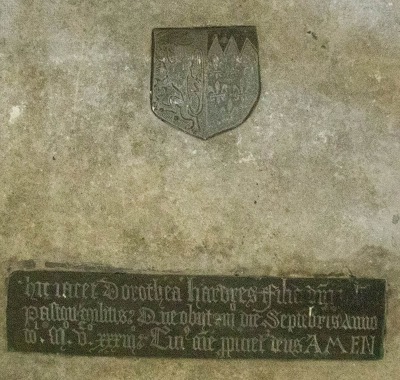Medieval Pastons
Clement Paston was born soon after the Black Death of 1349, and was of humble origin compared with his descendants. The labour shortage caused by the death toll from the plague meant that many workers were able to command higher rates than was previously the case, and he took full advantage of this, his increased status leading to a rewarding marriage to Beatrice Somerton, who was well connected enough for the couple to have ambitions for their son William. In 1381, at the height of the Peasants Revolt, Clement was involved in an altercation with the Abbot of St Benet's men in North Walsham. In 1413, 32 years later, Clement was still at odds with the Abbot when he was accused of stealing the Abbot's fish from the ponds near North Walsham. Clement may have been from humbler origins but by the time of his death in 1419 he had amassed over 100 acres of land and had requested a burial next to his wife Beatrice, near the north door in Paston Church.
Judge William Paston (1378-1444) was called the "Good Judge". He was the son of Clement Paston and Beatrice Somerton, and they sent him to be educated in the law, which became his profession, and he made good contacts and great profit through it. He came from the village of Paston and built a fine hall there. He was married to Agnes de Berry, who had many lands. The Pastons claimed that their ancestors founded Bromholm Priory at Bacton. William was employed by the Prior of Bromholm and was able to purchase a sufficient number of manors in Bacton, Edingthorpe and Paston to create a 'Lordship'. William also purchased land at Oxnead, Cromer and at Gresham. Many of William's purchases were of valuable manors and were hard won, involving protracted legal struggles. William was buried in Norwich Cathedral.
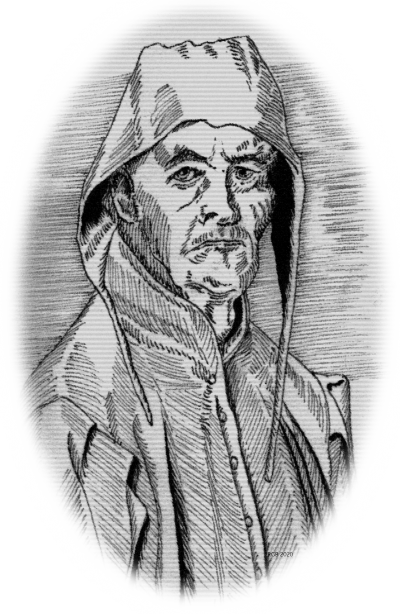
Agnes de Berry married Judge William Paston when he was 42; she was 20 years his junior. The co-heiress of Hertfordshire knight Sir Edmund Berry, she brought more to the marriage than mere financial gain. While William was away attending to his legal duties, Agnes was in charge of the estates in Norfolk, acting as a more than capable deputy, dealing with the demands placed upon her as well as providing William with several children. The marriage was not only advantageous: it appears also to have been happy, judging from their correspondence. Following William's death in 1444, Agnes remained as the matriarch of her family as they continued on their upward path. She was buried in Whitefriars, Norwich. Our date of Agnes' birth is an estimate, based on her being 22 years younger than her husband William at the time of their marriage in 1420.
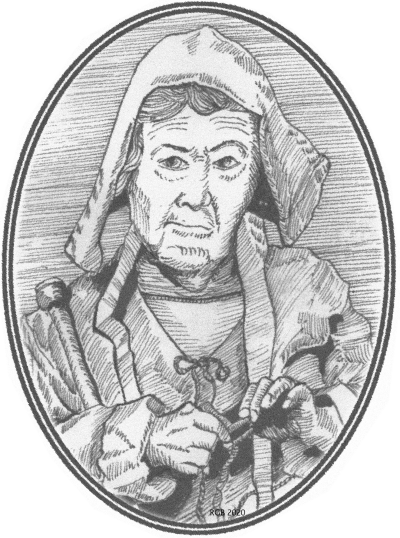
John Paston I (1421-66) inherited the wealth and lands of his father William at the young age of 22, having benefited from an education and career in law, as his father had before him. However, John's professional reputation was not as unblemished, and controversy arose when he claimed to have been named as the sole inheritor of the estate of Sir John Fastolf. Fastolf was closely related to John Paston's wife Margaret (née Mautby), and had appointed John I as his lawyer, allegedly summoning John to his deathbed to make his wishes known, setting aside previous wills. Many were not convinced of the veracity of this, and battles both legal and physical ensued. John I was even briefly imprisoned while the case was being debated. Despite eventually being exonerated, John did not live long afterwards to enjoy his victory.
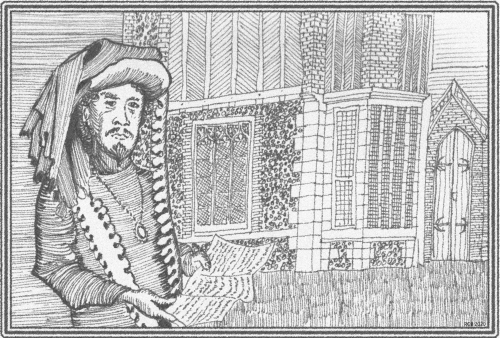
Margaret Mautby (1422-84) is perhaps the most formidable character to emerge from the Paston Letters. Married to John I, she, as her mother-in-law Agnes had before her, combined the management of the Paston estates with increasing the dynasty of the family, bearing seven surviving children. In addition to this, she fought the battles of John I both politically and practically – as at the siege of their property in Caister, when the Duke of Norfolk attempted to take the castle by force. Clearly as ambitious as her husband, she sought to protect and promote her family's reputation, establishing her two eldest sons (both called John) in positions of influence.
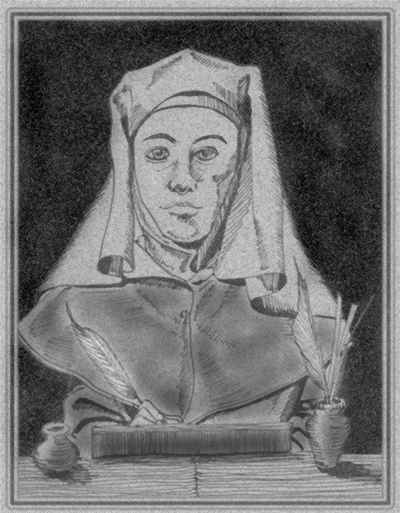
Elizabeth Paston was the daughter of William Paston and Agnes de Berry. She was famously reluctant to marry and suffered at the hands of her mother Agnes as a result. She eventually married Robert Poynings and later Sir George Browne.
William Paston (1436-96) was the son of William and Agnes. He married Anne Beaufort, third daughter of Edmund Beaufort, 2nd Duke of Somerset, by whom he had at least four daughters, one of whom died in childhood. A lawyer, he acted for his mother Agnes and was sometimes at odds with his nephews after their father's death.
John Paston II (1442-79) was the son of John and Margaret Paston. He was sent to the court of King Edward IV in 1461, financially supported by his father and his uncle, Clement Paston II, although this placed a considerable strain on the family purse, with numerous references being made to both the cost and their frustration at his initial lack of progress through the ranks of court. Such problems however evaporated when he found his calling as a jouster at royal tournaments, as well as acquitting himself well during the Wars of the Roses, although he fought on both sides, seemingly adopting whichever cause seemed most beneficial to him and his family. For his services, he was knighted – a sign of just how far the family had risen in little over a century, and an honour that his great-grandfather Clement I could never have imagined.
John Paston III had the same name as his elder brother. The second son of John I, he was sent to be a page in the household of the Duchess of Norfolk; he was therefore privy to certain gossip and information that he dutifully passed back to his parents to further their interests. In 1469, with his elder brother in London, John commanded the defence of Caister Castle during the siege by the Duke of Norfolk. John III, like his elder brother, also fought in the Wars of the Roses, changing sides for expediency, a gamble which paid off when Henry VII came to the throne in 1485. John was wounded fighting for the Earl of Oxford against the Yorkists at Barnet in 1471. As second son, John III was not expected to inherit, and would have to make his own fortune. However, when John II died childless in 1479 (but for one illegitimate daughter), John III inherited from him, and through his marriage to Margery Brews in 1477 created the next generation of Pastons. In 1487, John fought for Henry VII and the Earl of Oxford at Stoke Field where he was knighted after the battle. John's fortunes rose rapidly with Oxford's and he became deputy Lord High Admiral. In 1500 he was invited by King Henry to help organise the marriage of Katherine of Aragon and Prince Arthur.
Margery Paston (1448-80) was the daughter of John and Margaret Paston. She married the family's bailiff, Richard Calle, against the family's wishes.They challenged the legality of the marriage, but the Bishop confirmed it.
Edmund Paston (1450-1500) was a son of John and Margaret Paston. His first marriage was to Katherine Spelman, widow of William Clippesby, and his second was to Margaret Monceaux/Lumnor/Brigge.
Walter Paston was the son of John and Margaret Paston. He died, possibly of the plague, the year he graduated from Oxford and was buried in St Peter Hungate Church, Norwich.
Although Margery Brews was betrothed to John Paston III, he was reluctant to marry her unless her parents increased her dowry. She wrote what is considered to be the earliest existing Valentine (or 'Voluntyne') in the English language, where she promises to be a good wife, telling John III, 'if you love me, I trust you will not leave me' (If that ye loffe me as Itryste verely that ye do ye will not leffe me'). Whether this heartfelt missive swayed John III we cannot say, although the couple did marry later that same year, and their son William was ancestor of all the subsequent Pastons. Her letter continues to have a charm and attraction over 500 years later.
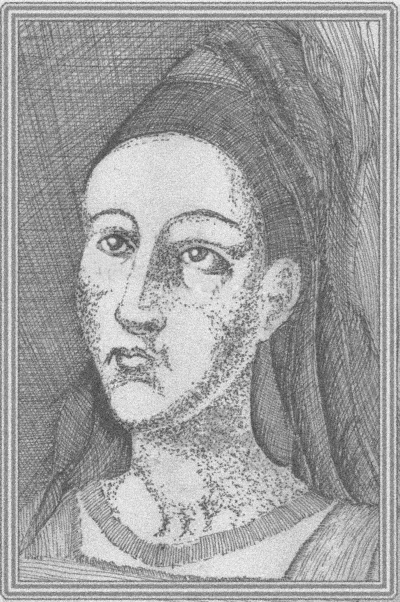
Born after 1482 (the date of Margaret's will), she marries Christopher Hardres. They have a son, Thomas, in the period 1509/11. Her memorial brass is in Upper Hardres church in Kent, recording that she is a daughter of Sir John Paston, and showing the arms of Paston and Hardres.
